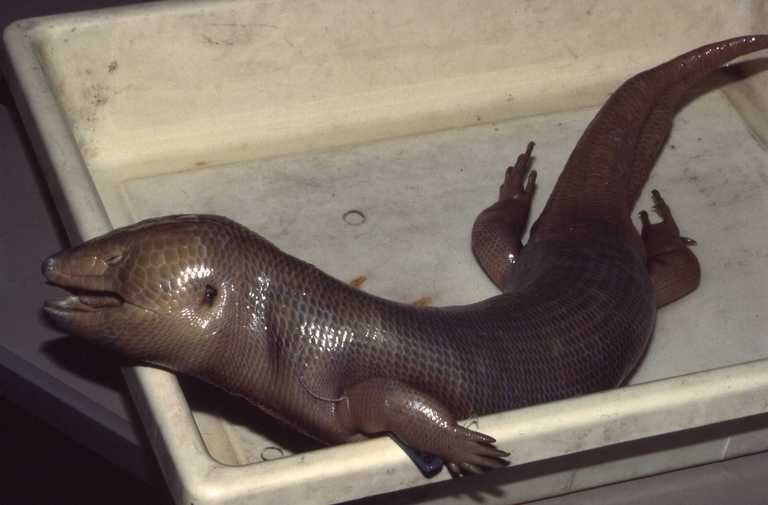Jamaican Giant Galliwasp
Jamaican Giant Galliwasp/ Simon J. Tonge
Scientific Name: Celestus occiduus
Range : Jamaica
Conservation Status : Extinct
Description
The Jamaican Giant Galliwasp is an extinct galliwasp endemic to the island of Jamaica that was last reported in the 1840s. It is the largest galliwasp in the World with mature adults having a snout to vent length often exceeding 30cm.
Jamaican Giant Galliwasps have a smooth, shiny skink-like appearance. They are large in size with a long robust body and head and powerful jaws.
Range
Jamaica
Habitat
Forests, Rocky environments, Swamps and Marshes.
The original distribution of the galliwasp is not known but was found in the Black River Morass and Westmoreland Morass.
Galliwasps in general are burrowers and can be found among leaf litter and are sometimes thought to be rare as they are not often encountered.
Diet
Fruits, Fish, Insects, Worms, Small Lizards and Small mammals.
Reproduction
The Giant Galliwasp reproduces by sexual reproduction producing live young.
Conservation Status
The Jamaican Giant Galliwasp is considered extinct.
Its extinction was thought to be influenced by the introduction of the Indian Mongoose.
